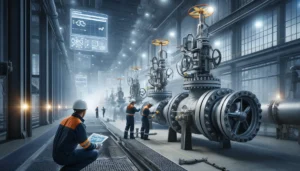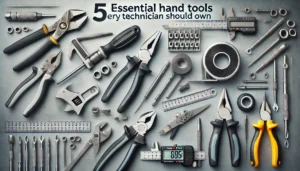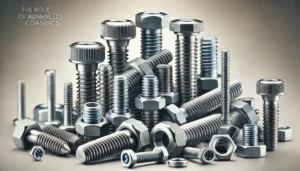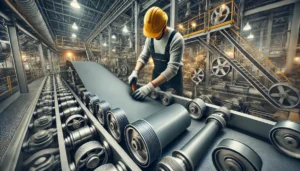The safety risks for employing lifting machinery in industrial environments are significant. It is our responsibility to safeguard against accidents, injury, and even death. Comprehensive safety measures protect employees, but also enable a complete and dependable operation. Here are five key safety tips for operating lifting equipment.
1. Carry Out Detailed Contextual Preliminary Inspections Before Any Use
Any lifting apparatus may potentially contain defects or wear that can hamper performance, hence, it is vital that a burnish inspection of the said machinery is made before use. Inspect hooks, chains, slings, and other attachments closely to inspect for signs of damage, corrosion, or physical changes. It is critical that all safety functions are operational and servicing has been done as per the corporation’s recommendations. Constant inspections help detect probable issues that might result in the machinery failing to function during its operational period. A checklist template for these inspections can also be very useful in ensuring the process is acceptable and no key aspect is missed.
2. Follow the Load Limit
All pieces of load handling equipment are made with a certain Safe Working Load (SWL) or Working Load Limit (WLL) in mind. Always bear in mind that these limits should not be exceeded as the machinery may collapse. Always check the equipment if the load you are lifting is within the weight limits. Also remember to check the center of gravity and load position for more security while lifting. In addition, the stability of the unit when moving the load must also be taken into consideration, so as to reduce any risks the load may pose when dynamically affecting the structure.
3. Make Sure the Operators are Well Trained and Skilled
The use of load handling equipment makes it indispensable for every operator of this equipment to be trained adequately. This training should incorporate proper operation safety measures, emergency procedures, and even danger identification. It is important for operating refresher training so that the personnel stay abreast with the recent developments and changes in the law. Competent operators pose less risk with the equipment in case of unplanned changes. In addition to operator training, supervisors also require a level of training on dangers of practices which contravene safety legislation.
4. Conduct Detailed Risk Assessments
Any lifting operation must begin with a careful risk assessment to eliminate any possible hazards such as power lines, unstable ground, or wind and rain. Create control measures for the risks that have been identified and ensure that all personnel are informed of and understand the lifting plan. Risk assessments must be conducted regularly and adjusted to account for improvements learned from past operations. The risk assessments conducted also need to take the emergency response plan into consideration to address possible equipment failure or other issues.
5. Use Standardized Signals for Open and Clear Communication
Communication within a team is very important during the lifting operations. They should use basic signals to eliminate misunderstanding, and everyone should know their duties for optimized movement and results. A signal person should be appointed to guide the operator as sometimes visibility might be low. Such practice ensures that the loads are properly moved and do not cause harm. Proper communication reduces errors and enhances team coordination during critical tasks.
Extra Safety Measures
- Regular Maintenance: Perform servicing periodically according to the guidelines of the sector and those provided by the manufacturer to ensure that the equipment is functioning properly. Performance logs must be kept to ensure timely repairs or replacements.
- Utilize Suitable Personal Protective Equipment (PPE): All workers taking part in lifting operations should have all combated PPE such as helmets, gloves, and safety boots to guard against unreasonable risk of danger. As needed, other forms of protection including safety vests or harnesses may also be useful.
- Establish Exclusion Zones: Ensure the unfenced area is marked to avoid entry by unauthorized users during lifting operations to minimize the danger posed by some equipment being in motion and loads which may fall. It is necessary to indicate these zones with signboards and barriers.
Conclusion
If these measures are maintained, an organization may lower the chances of getting injuries and accidents related to the lifting apparatus used in an industrial environment. If proactive safety strategies are enacted, a company creates a sense of alertness and accountability. This guarantees that such activities are done competently and incident free. Also, a good safety plan protects the workers but enhances how the company can be relied on, which improves productivity and enhances organizational goodwill. Safety isn’t an issue for an organization with issues looking for fixing, but a culture they foster within themselves on a day to day basis.










